Nippon Yusen Kaisha (NYK) is looking at converting waste onboard into energy. Japan's second-largest shipping line by dwt has invested in Sustainable Energy, which operates an energy supply business using unused resources such as flammable waste generated in cities. Sustainable Energy has developed its own integrated subcritical-water organic-waste power-generation system, or ISOP system, which decomposes organic substances using subcritical-water-treating technology and ultimately produces green energy products such as biofuels. Through this investment, NYK will begin joint studies on converting organic waste such as garbage and sludge generated on vessels into fuel by utilizing the ISOP system.
Ports of Stockholm breaks ground on Sweden's 1st cruise ship onshore power connection: Ports of Stockholm is investing in the construction of onshore power connection facilities for cruise ships at two city center quays. By plugging into onshore power supplied from the local electricity grid cruise ships can shut down their engines and significantly reduce their environmental impact. The initiative is a collaboration with other Baltic Sea ports, including the ports in Copenhagen, Aarhus, and Helsinki to enable cruise ships and shipping companies to connect to onshore power of a common international standard in all of the different ports. The move is aimed at encouraging more shipping companies to invest in ship-based equipment to connect to onshore power.
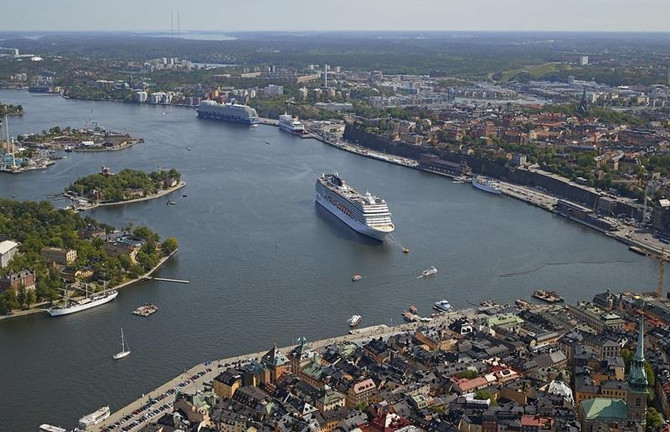 Belledune, Wilhelmshaven ports partner up on clean fuels, green energy:
Belledune, Wilhelmshaven ports partner up on clean fuels, green energy: Canada's Belledune Port Authority (BPA) has signed a memorandum of understanding (MOU) with Niedersachsen Ports Wilhelmshaven, Germany, to collaborate on the movement of dry and liquid bulk commodities, and manufactured products, between Canada and Germany, with a focus on clean fuels and green products. As explained, the MOU will support the MOU between the governments of Canada and Germany to establish an energy partnership aimed at achieving net-zero emissions by 2050 through a transition to safe, secure, reliable, affordable and sustainable energy.
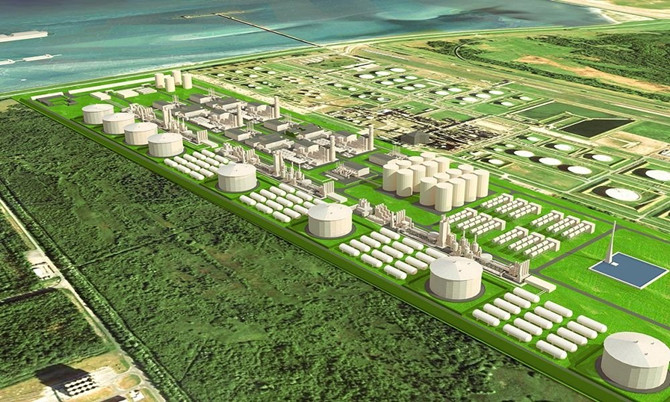 Peel Ports' Heysham wants to be UK's first fully carbon neutral port:
Peel Ports' Heysham wants to be UK's first fully carbon neutral port: The Port of Heysham, part of Peel Ports Group, revealed that it had reduced the carbon emissions of its landside plant, equipment, and vehicles by up to 90%. The port confirmed that all its vehicles, plant equipment, forklift trucks, tug masters, and ancillary equipment are now operating on either electricity or hydrotreated vegetable oil (HVO). Located in the northwest of England, and due to its close proximity to major industrial clusters, Heysham provides a direct gateway to the Republic of Ireland, Northern Ireland, and, the Isle of Man. The port handles a wide range of cargo including Roll-on Roll-off, agri-bulks, automotive, project cargo, and energy products. Peel Ports has committed to becoming a net zero port operator by 2040. Over the past decade, the port operator has invested over £1 billion ($ 1.18 billion) in sustainable infrastructures such as electric cranes, cold ironing capabilities, electric or biofuel vehicles, and increasing rail connections.
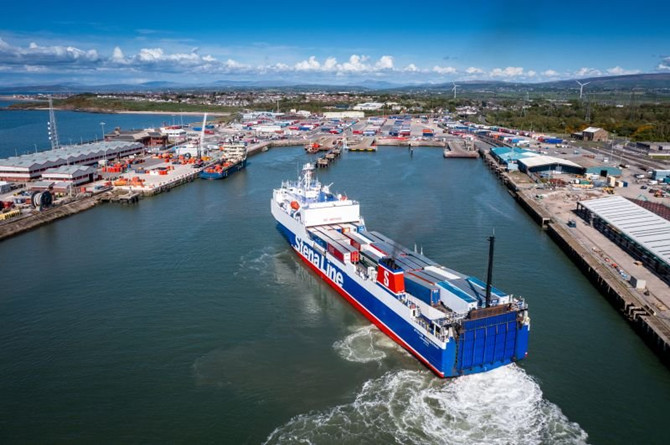
By Maria Bertzeletou, Breakwave Advisors
The opinions expressed herein are the author's and not necessarily those of The Xinde Marine News.
Please Contact Us at:
media@xindemarine.com

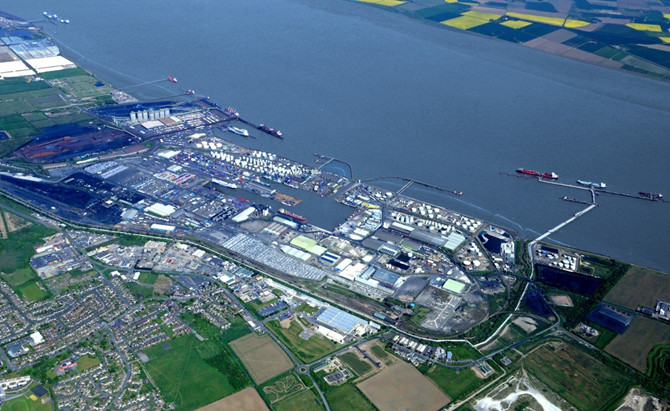
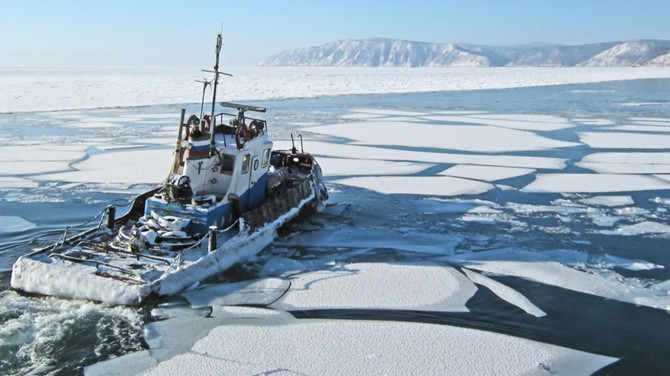
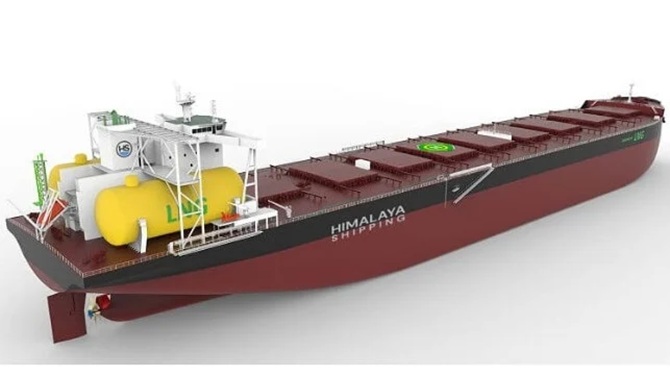
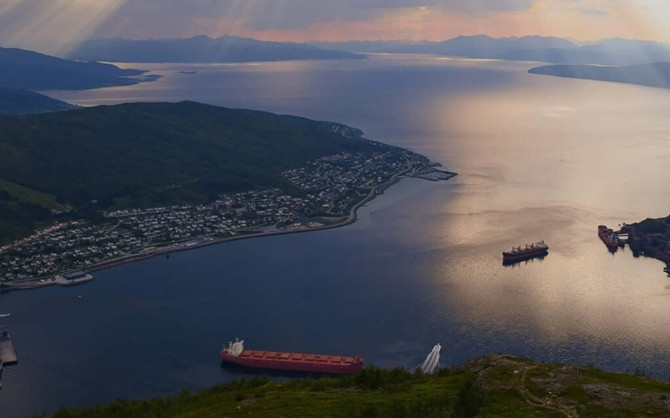

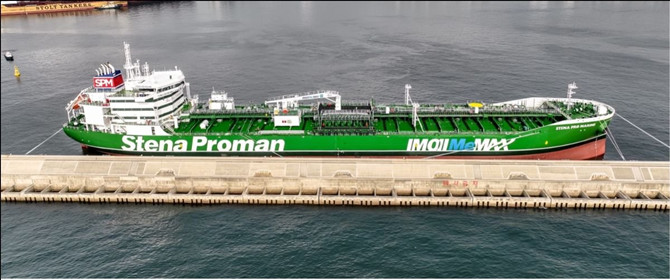
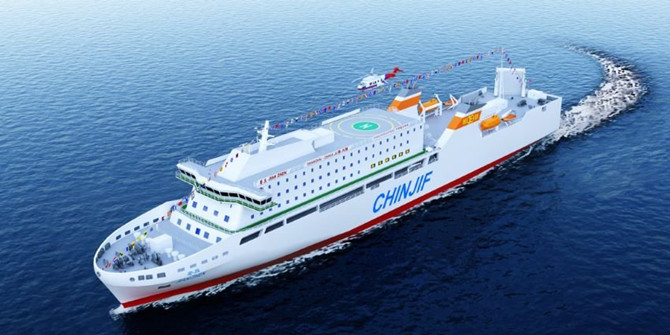
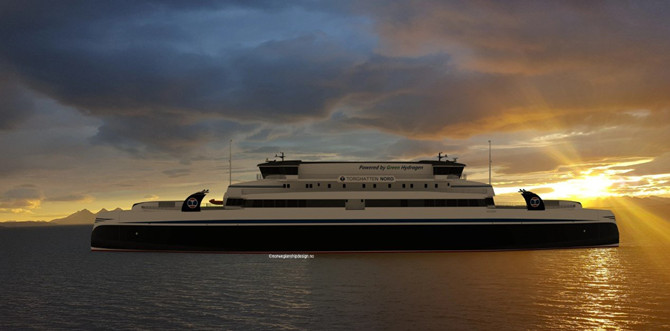
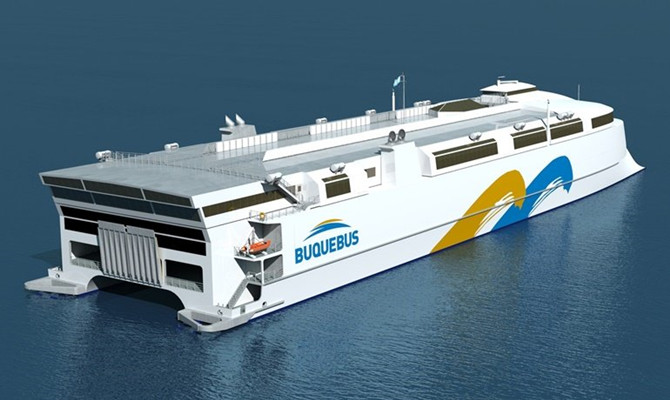

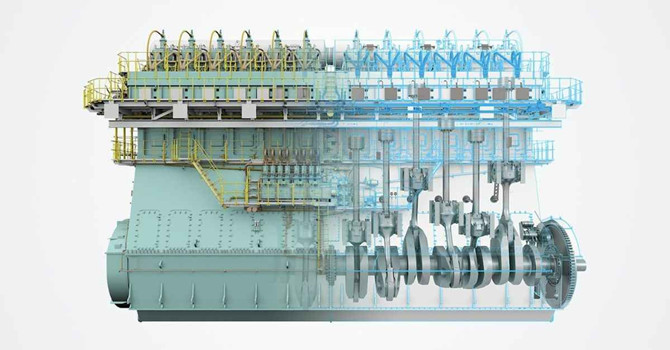
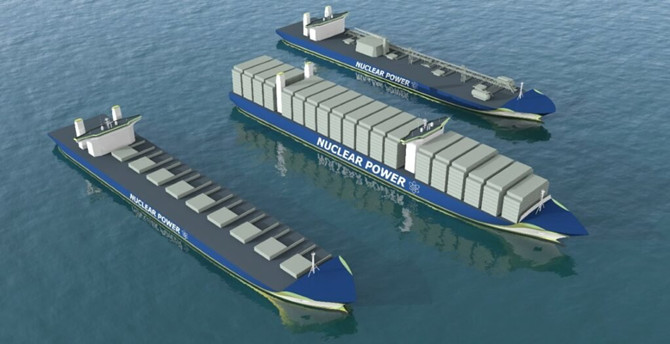
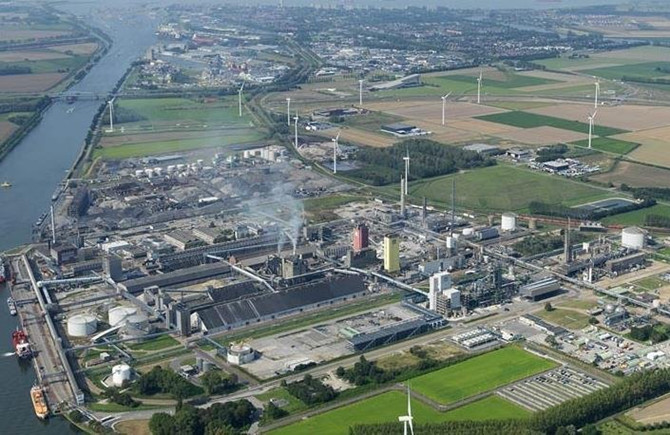
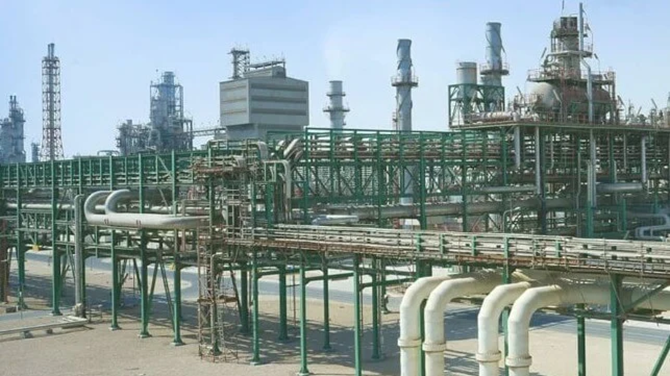
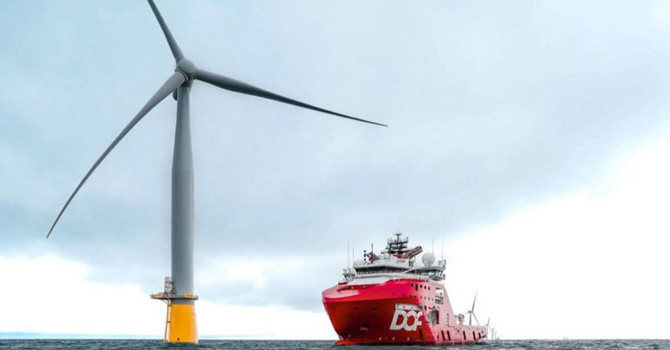




 Ningbo Containerized Freight Index Weekly Commentar
Ningbo Containerized Freight Index Weekly Commentar  Ningbo Containerized Freight Index Weekly Commentar
Ningbo Containerized Freight Index Weekly Commentar  Ningbo Containerized Freight Index Weekly Commentar
Ningbo Containerized Freight Index Weekly Commentar  BIMCO Shipping Number of the Week: Bulker newbuildi
BIMCO Shipping Number of the Week: Bulker newbuildi  Ningbo Containerized Freight Index Weekly Commentar
Ningbo Containerized Freight Index Weekly Commentar  Ningbo Containerized Freight Index Weekly Commentar
Ningbo Containerized Freight Index Weekly Commentar